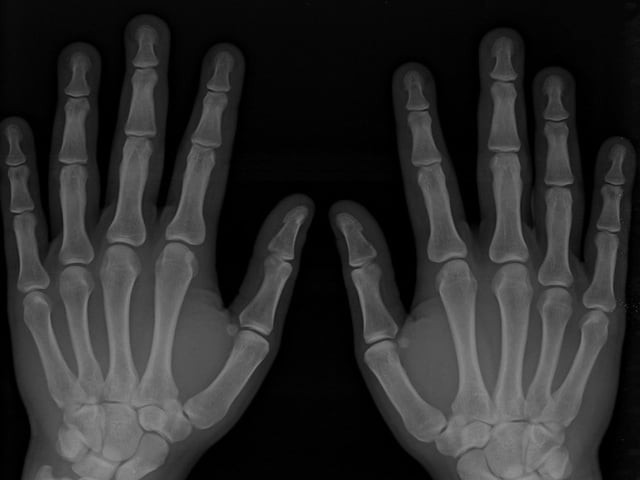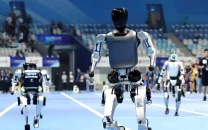AI to aid doctors in spotting fractures on X-rays
AI tools show promise in helping NHS staff diagnose fractures, easing clinical demands in urgent care

Artificial intelligence (AI) could significantly reduce missed fractures on X-rays, according to the National Institute for Health and Care Excellence (NICE), which endorses AI technology as a support tool for NHS clinicians.
This advancement aims to ease the burden on the overextended radiology workforce while ensuring more accurate diagnostics.
NICE's research indicates that integrating AI into urgent care for X-ray analysis can enhance the accuracy of fracture diagnoses, especially as it helps identify cases that might otherwise be overlooked due to high clinical demands.
The health body has recommended four specific AI tools for trial across England, with healthcare professionals still overseeing each AI-supported diagnosis. This joint approach, NICE suggests, will lead to faster assessments without compromising patient care.
The demand for AI assistance arises as emergency departments across the NHS report a shortage of radiology staff, with vacancy rates for radiologists at 12.5% and for radiographers at 15%, contributing to increased workloads and diagnostic errors.
AI is expected to fill part of this gap, providing clinicians with an extra set of ‘eyes’ to spot fractures accurately. According to NICE’s health technology director, Mark Chapman, the AI tools can improve diagnosis rates and lessen follow-up appointments for fractures missed during initial assessments.
NICE underscores that AI will not replace human expertise but act as a reliable assistant to reduce the chance of diagnostic errors. AI's potential in healthcare is already being explored in early cancer detection, heart attack risk assessment, and pandemic predictions.
The institute’s guidance on AI-assisted fracture detection is currently open for public consultation, set to conclude on 5 November, and aims to balance technology’s promise with patient safety.
























COMMENTS (1)
Comments are moderated and generally will be posted if they are on-topic and not abusive.
For more information, please see our Comments FAQ